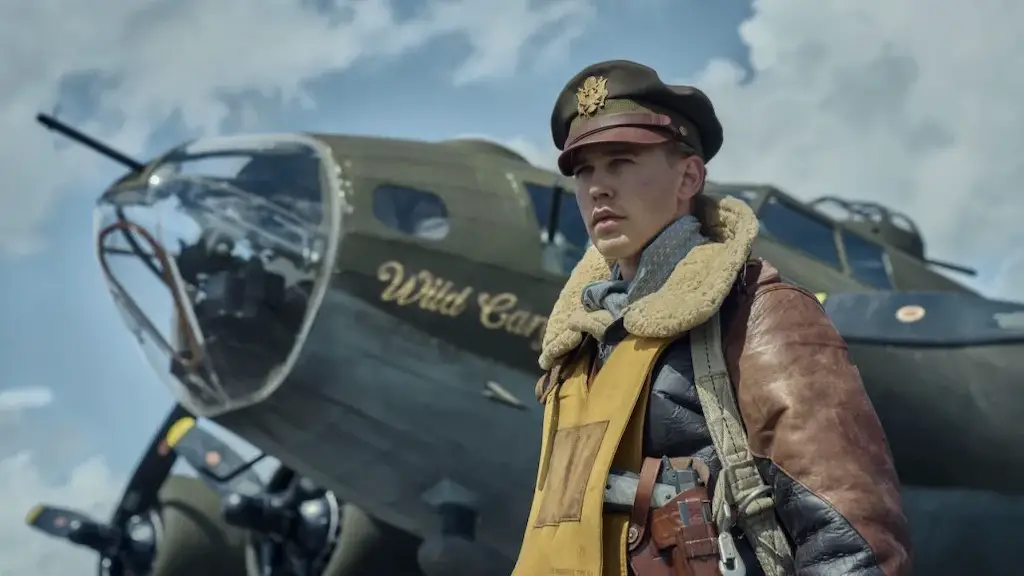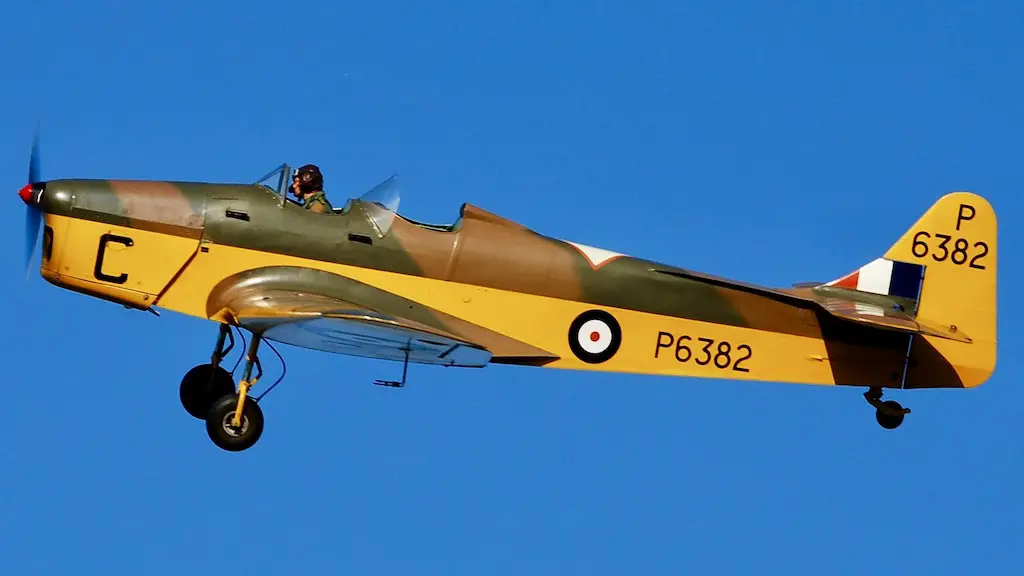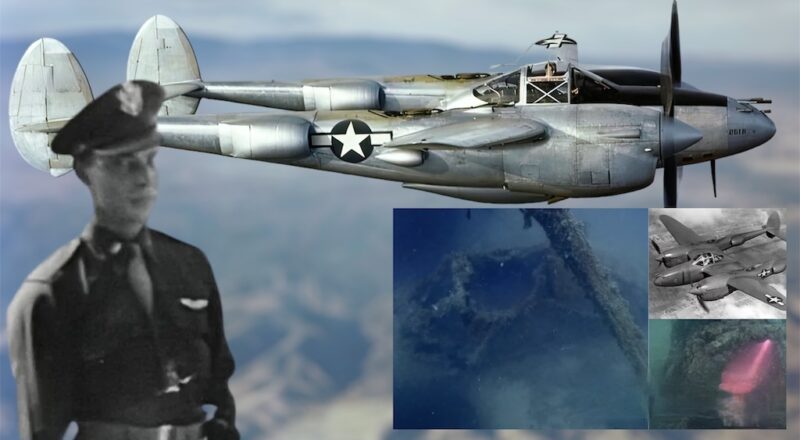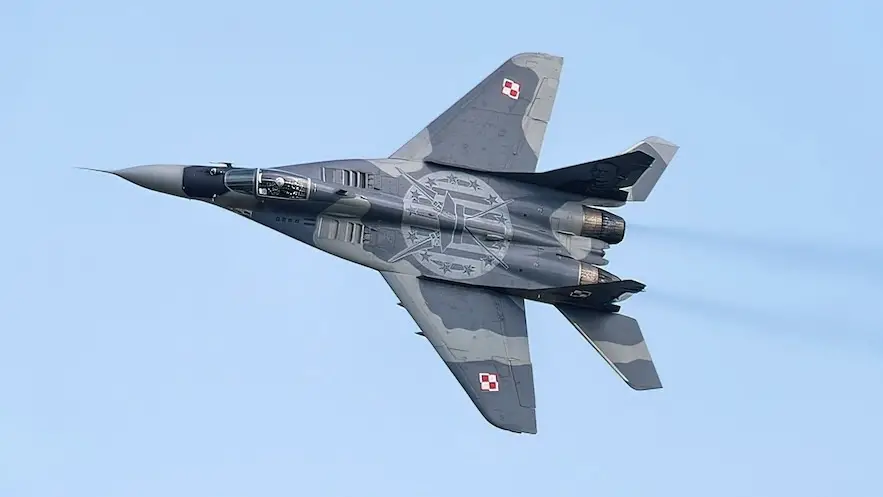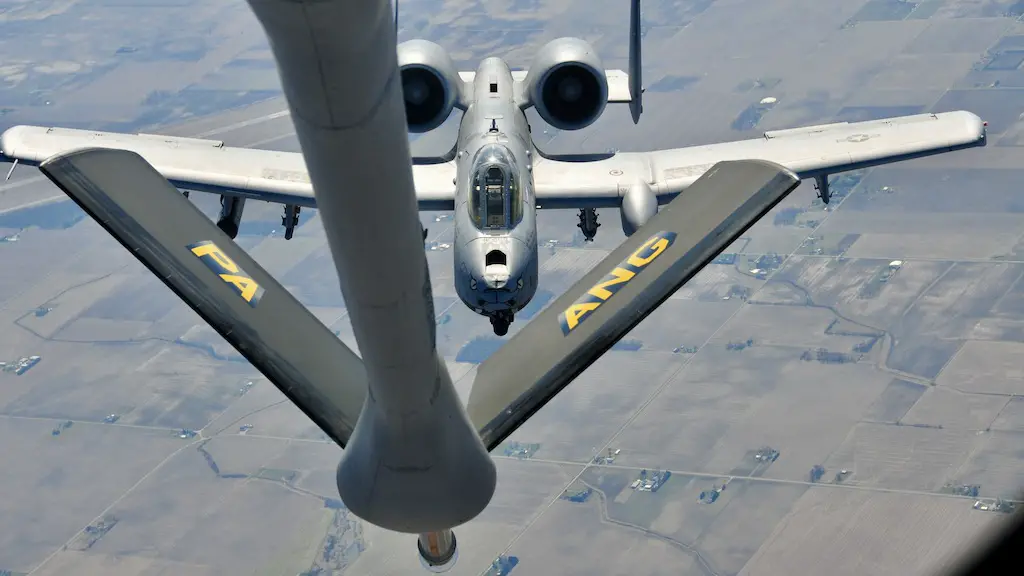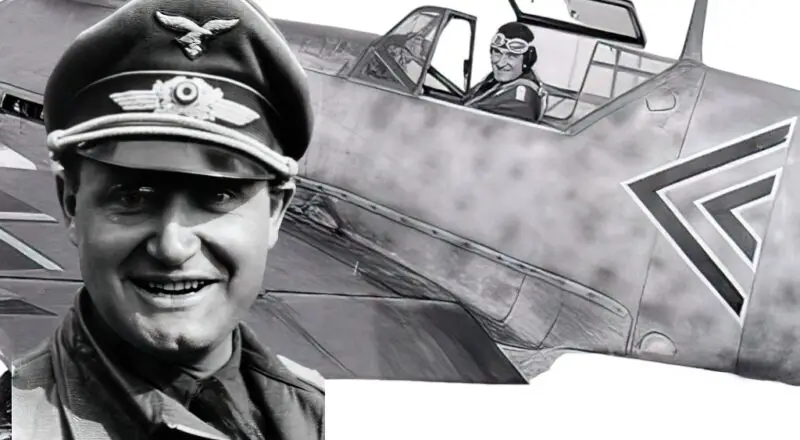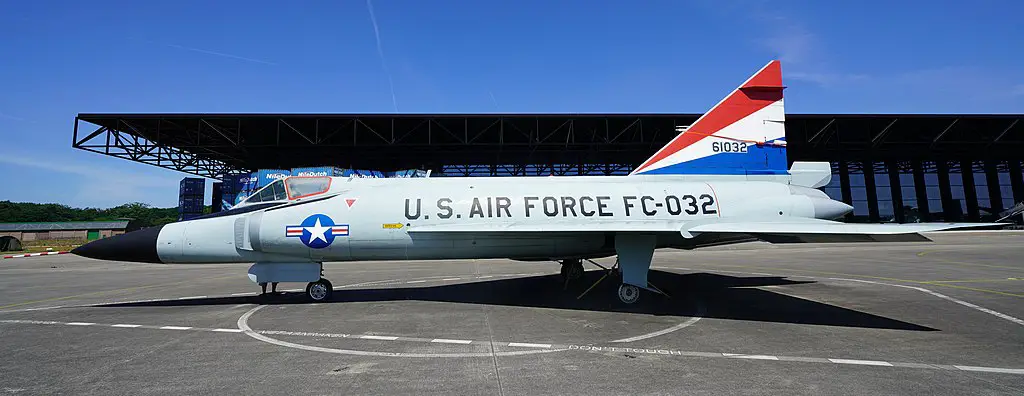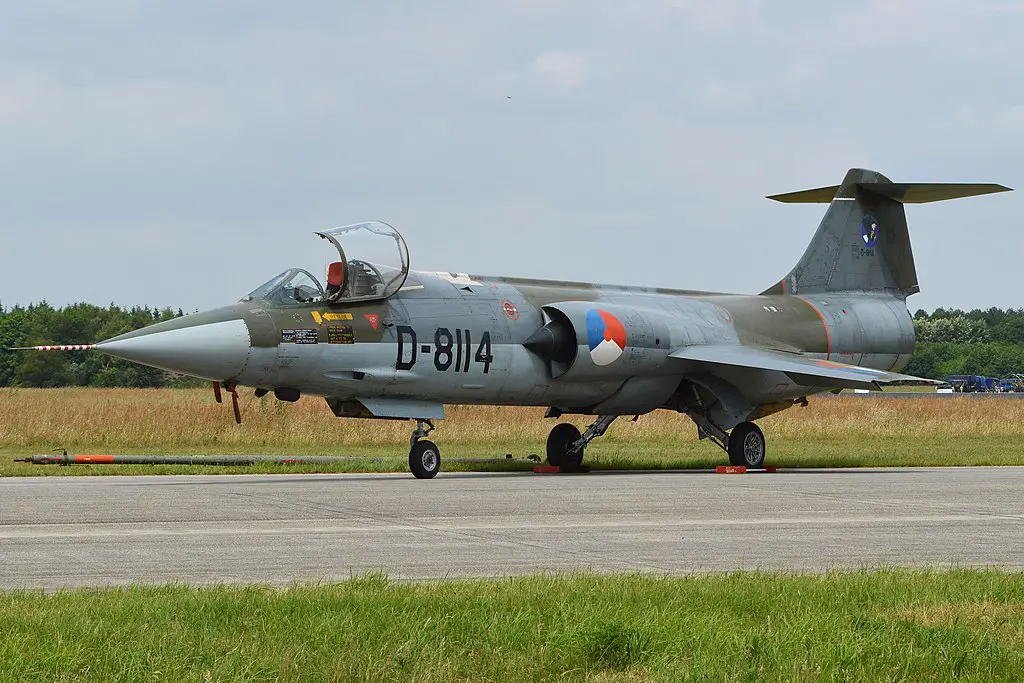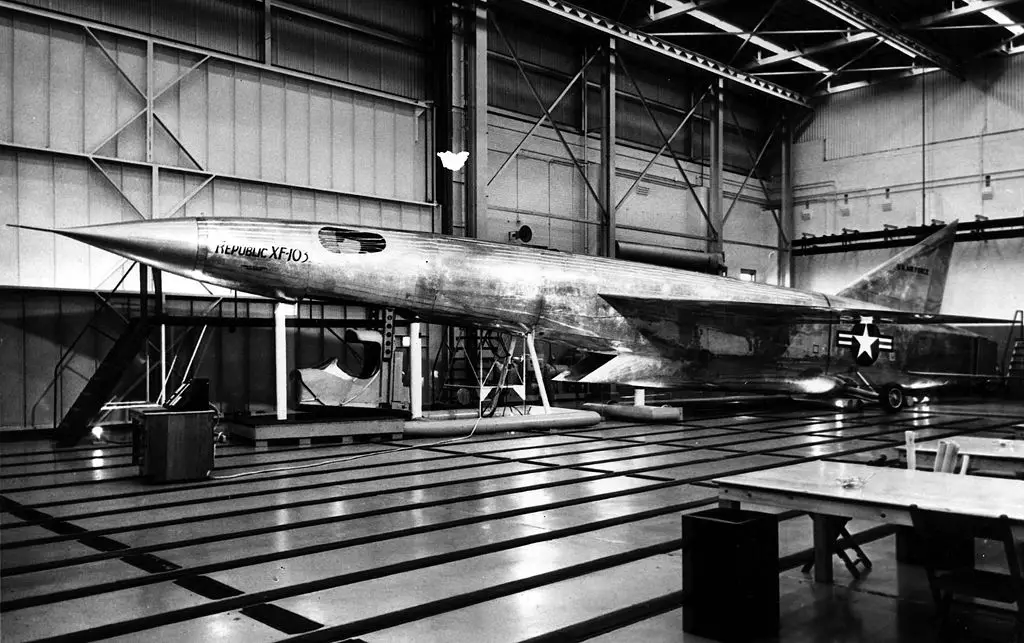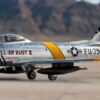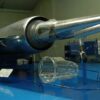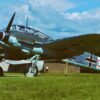At first glance, the Republic XF-103 might seem like an avant-garde sculpture rather than an aircraft. Its sleek design and futuristic look can leave anyone perplexed. But as you linger, absorbing its details, something familiar begins to emerge. The resemblance to the F-104 becomes unmistakable. This is no mere coincidence, for the XF-103 was an experimental precursor, setting the stage for F-102 and the F-104. Behind its intriguing appearance lies a rich history of innovation and ambition in aviation
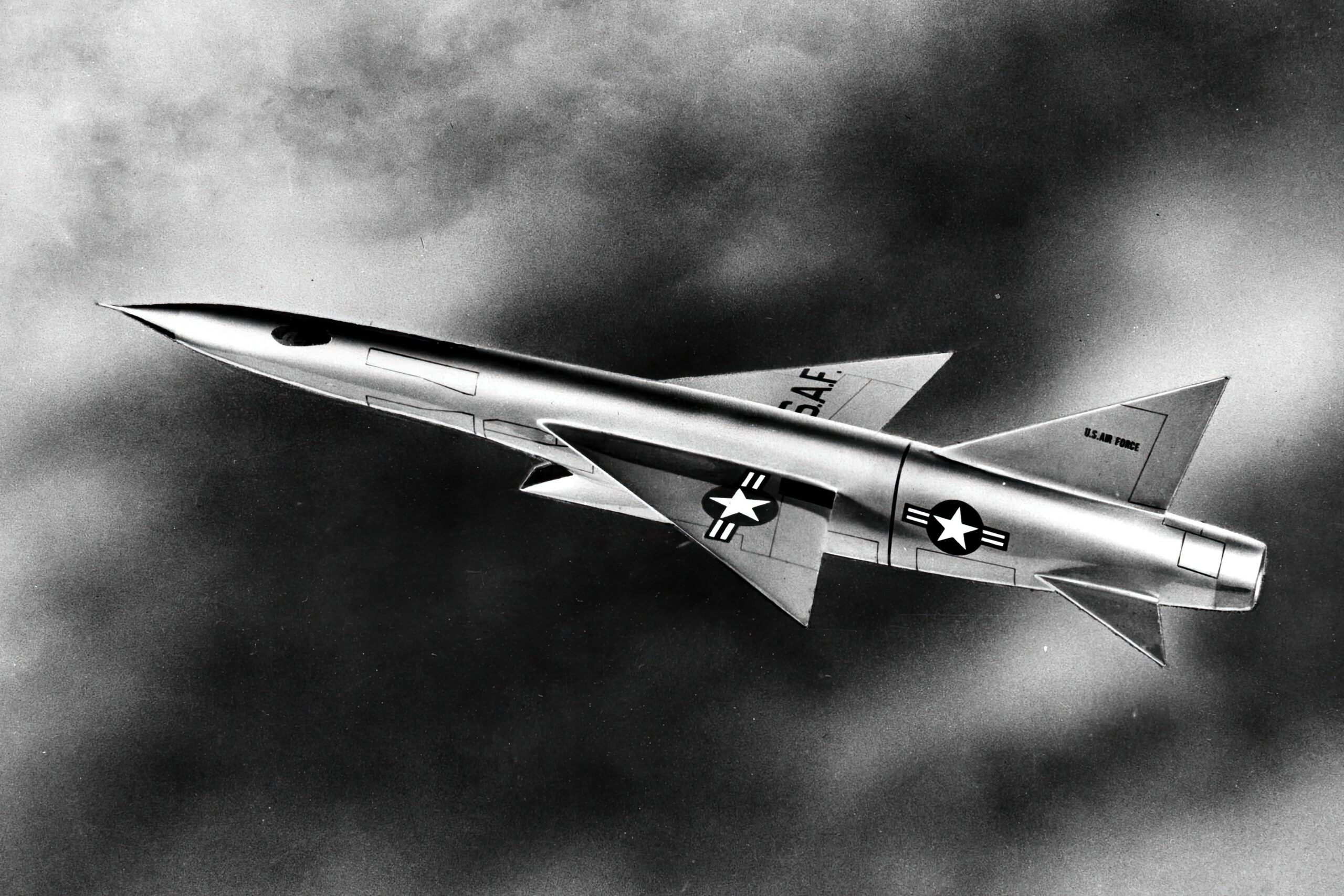
Dreaming of Mach 3
In 1949, with the Cold War tension palpable, the USAF saw a need for an advanced supersonic interceptor. The aim was ambitious: an aircraft capable of reaching Mach 3 speeds to intercept and annihilate potential threats from Soviet bombers. Among the many contenders to answer this call, Republic’s AP-57 was a standout. Designed almost entirely of titanium, the AP-57 promised to soar at altitudes over 60,000 feet.
However, challenges soon surfaced. Development was hampered by issues related to titanium construction and complications with the selected Wright J67 engine. Proposals to switch to a different engine were put forth, but the project eventually faced cancellation in 1957 without a prototype ever taking to the skies.
A Design Ahead of Its Time
While the XF-103 remained grounded, its design showcased immense potential. Propulsion was one of its most striking features. Achieving Mach 3 in the 1950s wasn’t a simple task. However, Republic’s Chief Designer, Alexander Kartveli, devised a solution that combined a Wright J67 turbojet and an RJ55-W-1 ramjet. The strategic placement and innovative ducting allowed for a seamless transition between low and high speeds.
The wings were another marvel. The main wing was designed to rotate around its spar, offering variable incidence. This allowed the fuselage to remain nearly horizontal during takeoffs and landings, optimizing airflow and trim angles for various speeds.
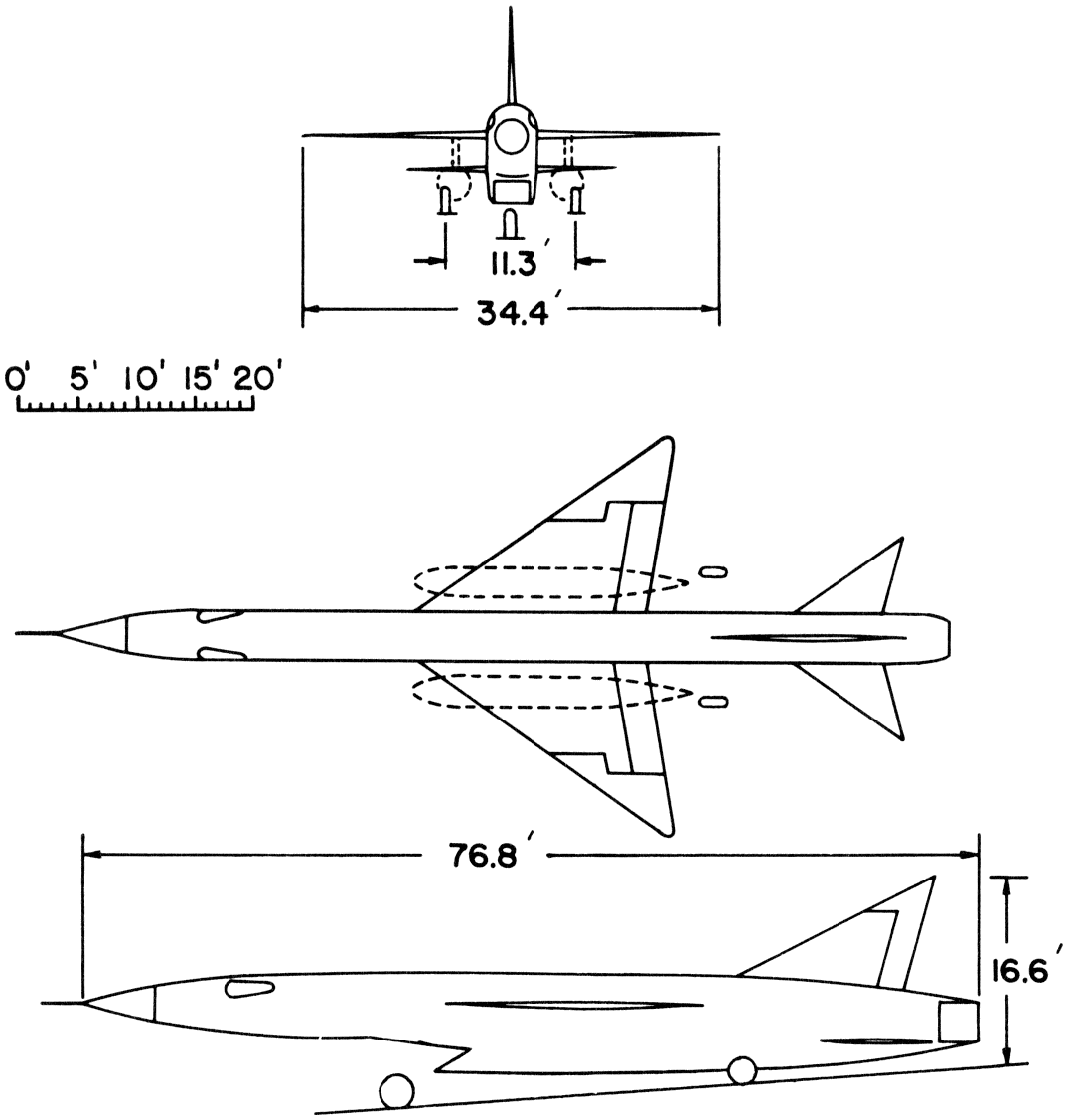
The Futuristic Cockpit
The XF-103’s cockpit was nothing short of revolutionary. Initially envisioned with a canopy, the design shifted towards a periscope system for forward viewing to reduce drag at high speeds. This novel concept was tested on a modified F-84G. A supersonic escape capsule was also integrated, providing the pilot with a pressurized pod during emergencies, complete with basic flight instruments.
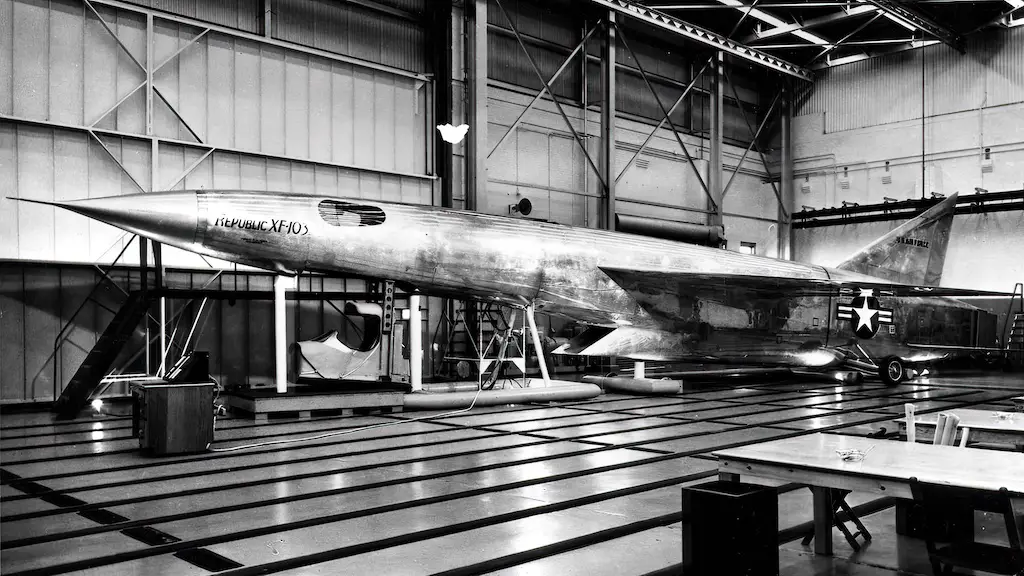
Weapons and Armament
Its nose housed a large Hughes radar set, with a weapons bay located behind the cockpit. The aircraft was equipped to carry a mix of GAR-1/GAR-3 Falcon missiles and 36 “Mighty Mouse” FFAR rockets. The missile bays were designed to flip upward, launching the missiles out with precision.
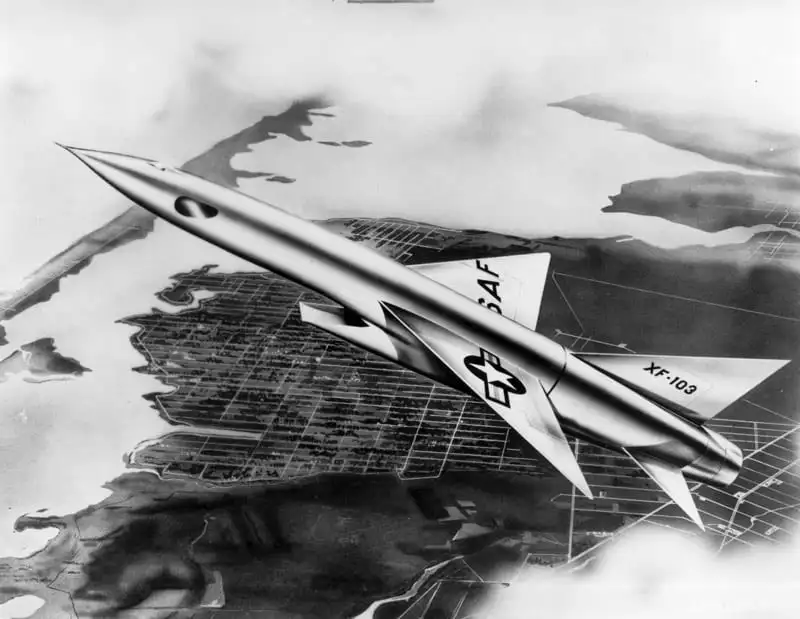
A Glimpse of What Could Have Been
While the Republic XF-103 never took flight, its design principles and innovations paved the way for future aircraft. It’s a stark reminder that sometimes the boldest experiments, even if they don’t come to full fruition, can have lasting impacts on what comes next in the world of aviation. The legacy of the XF-103 may not be in its flights, but in the design inspiration it provided for the aircraft that followed in its conceptual wake.

